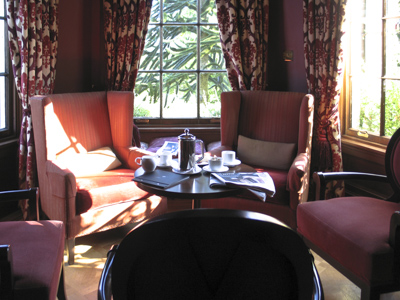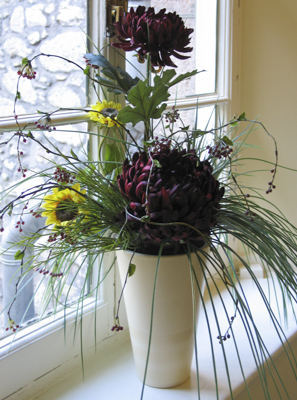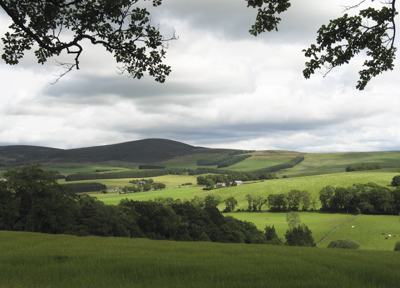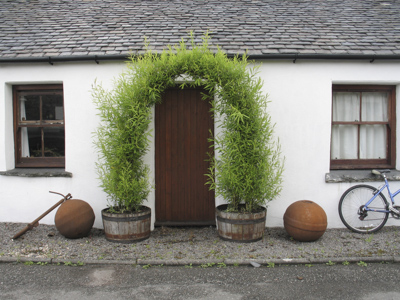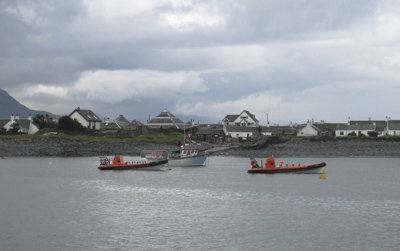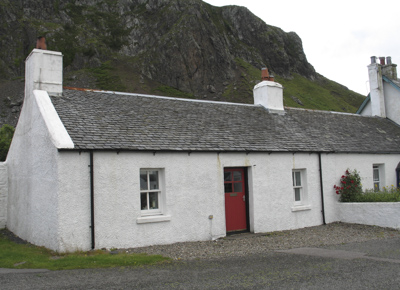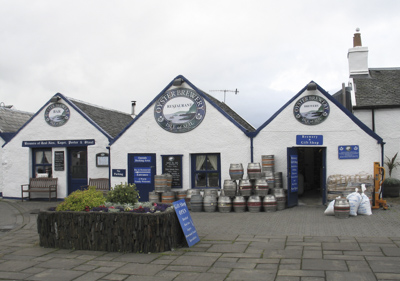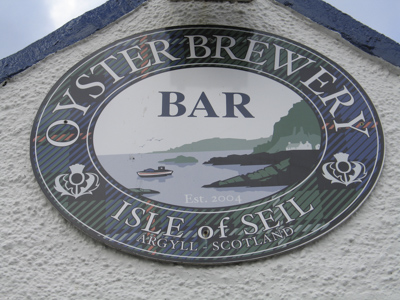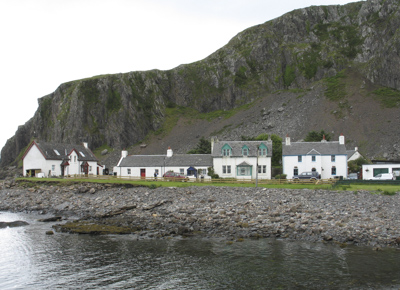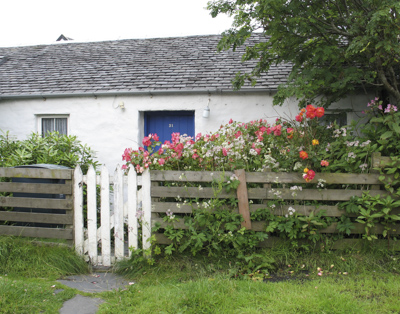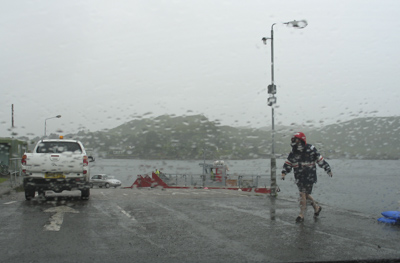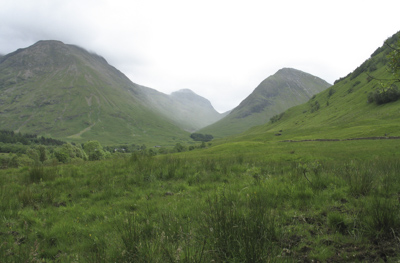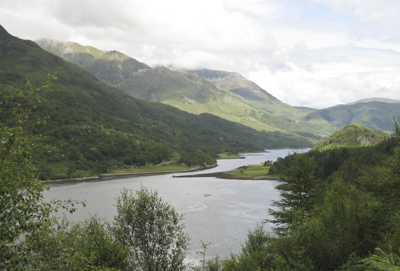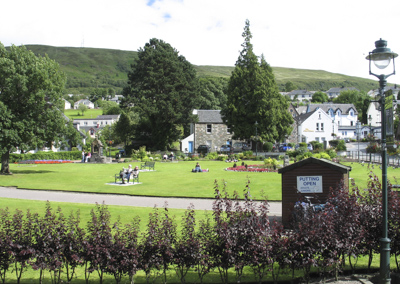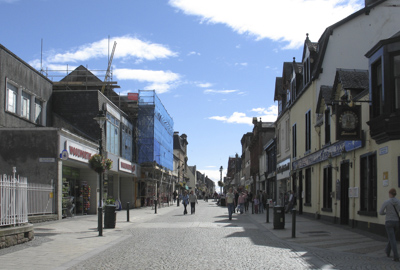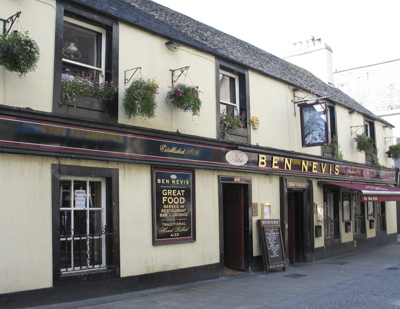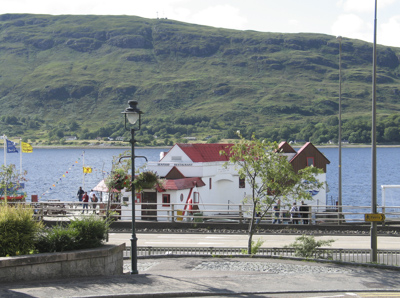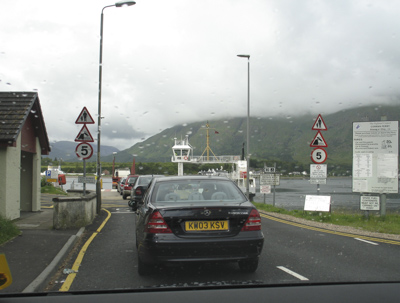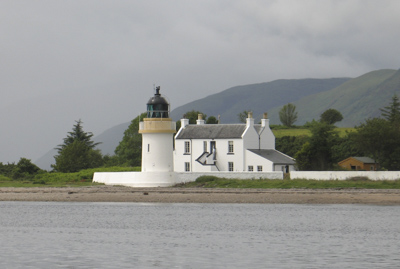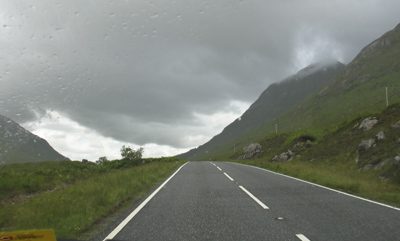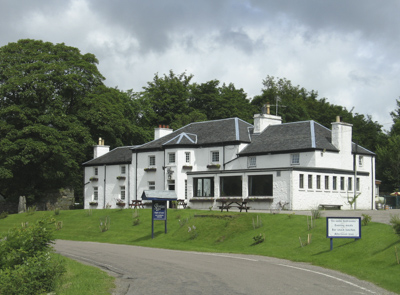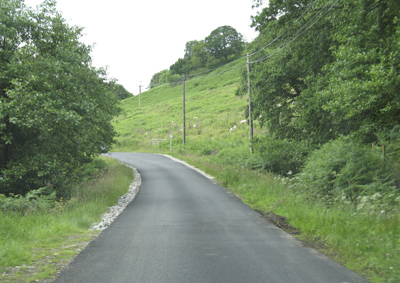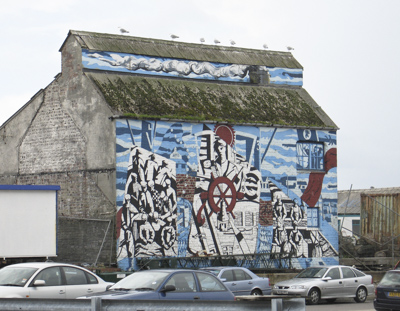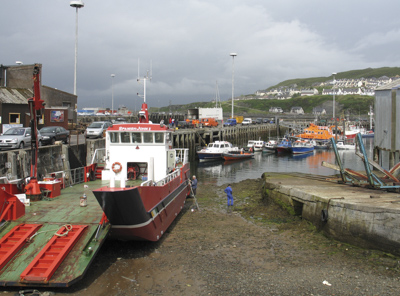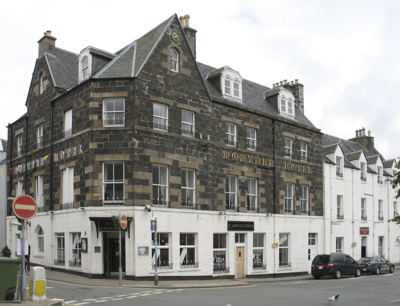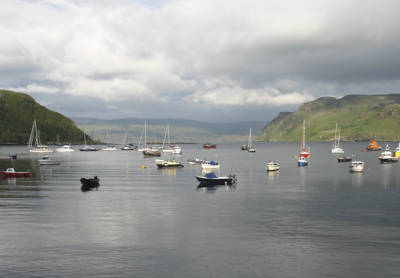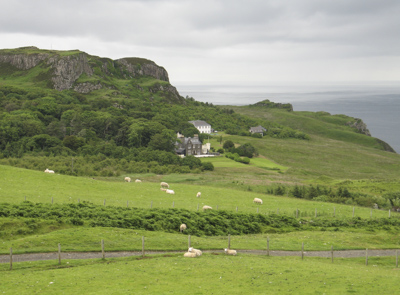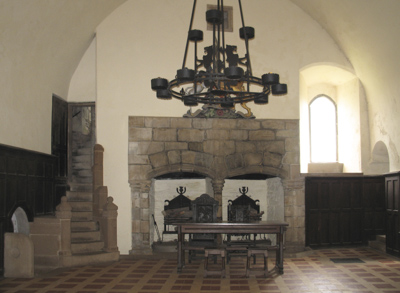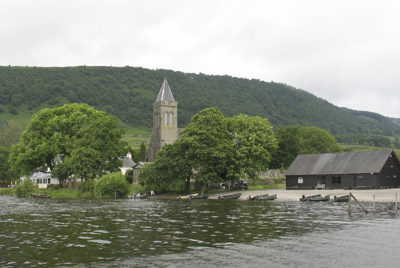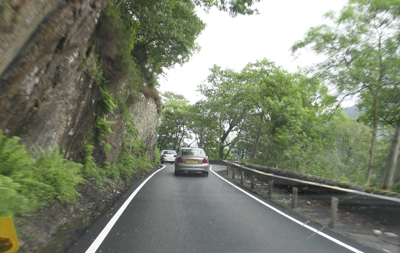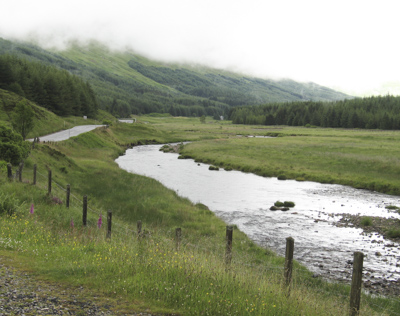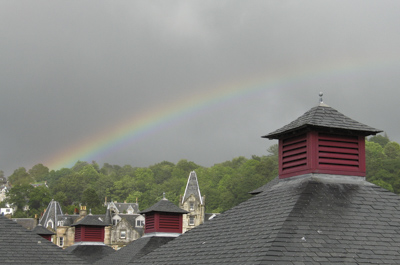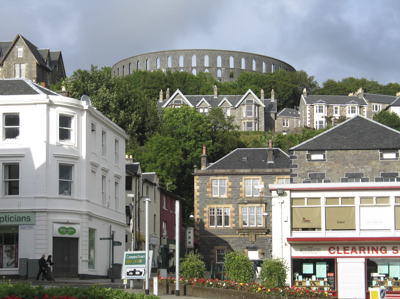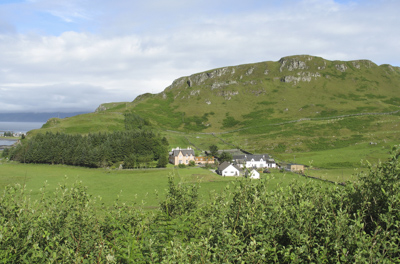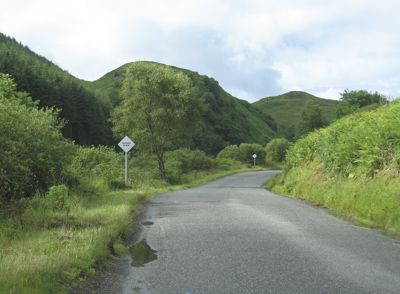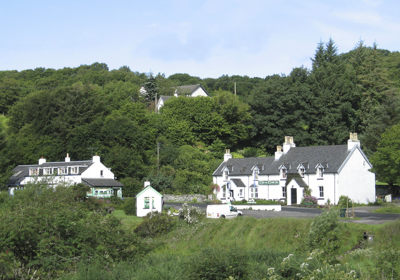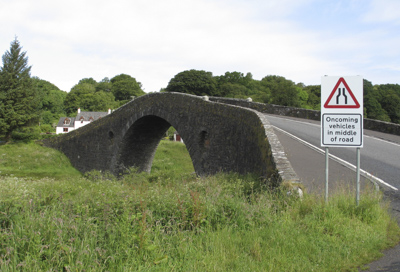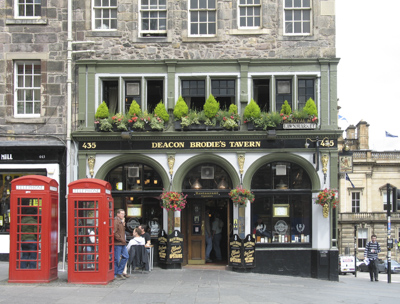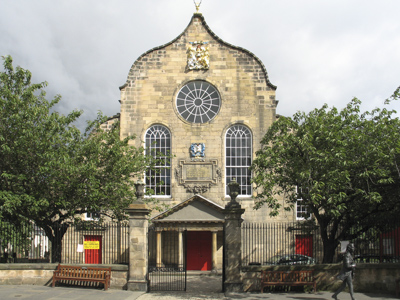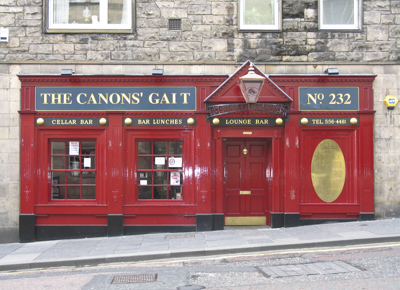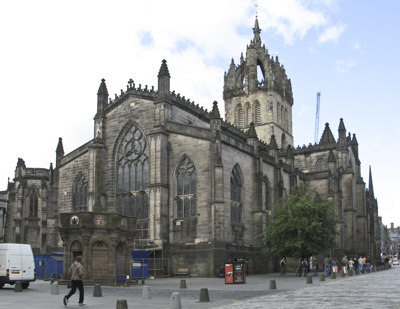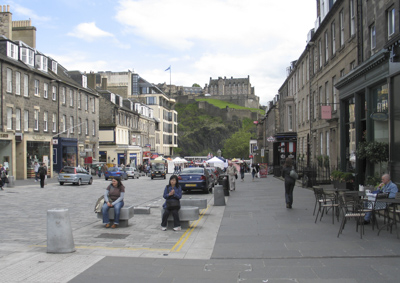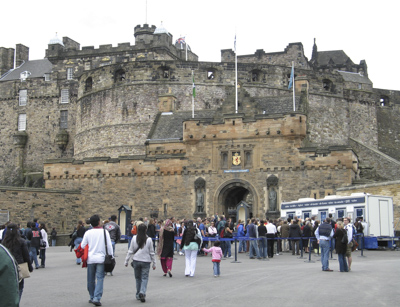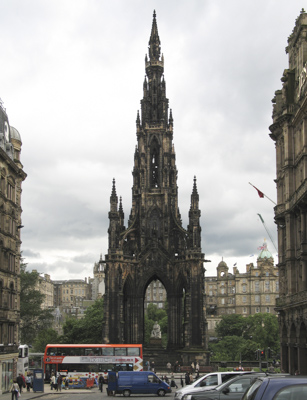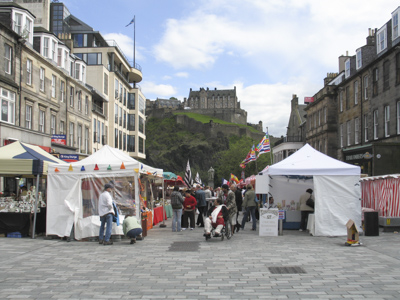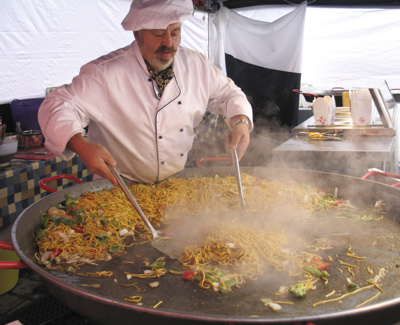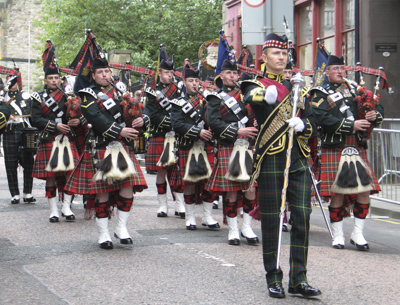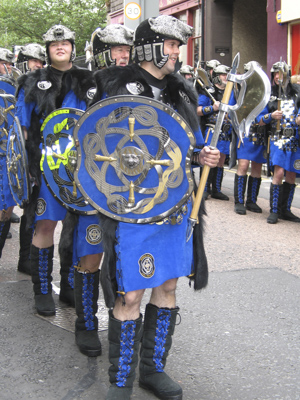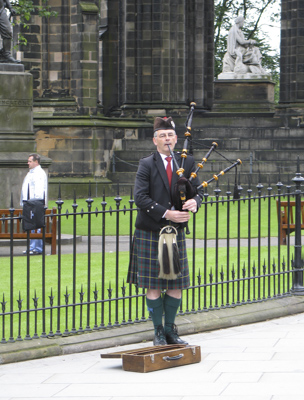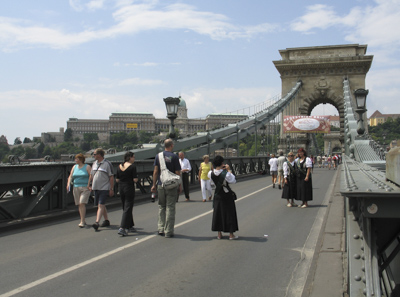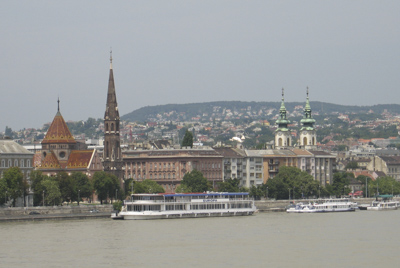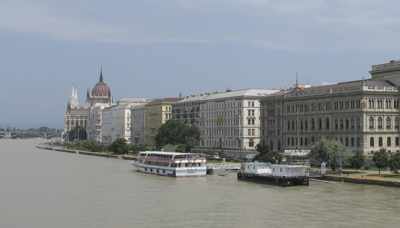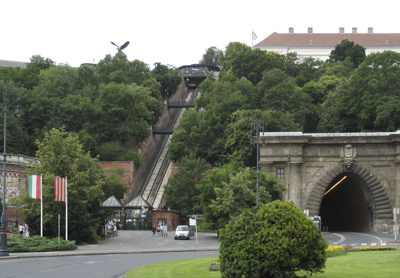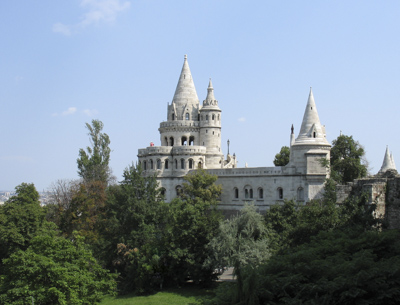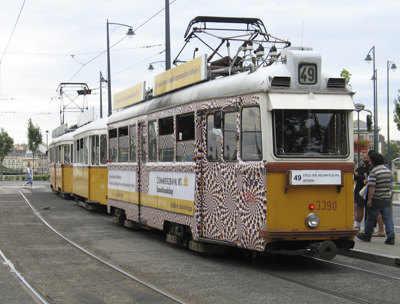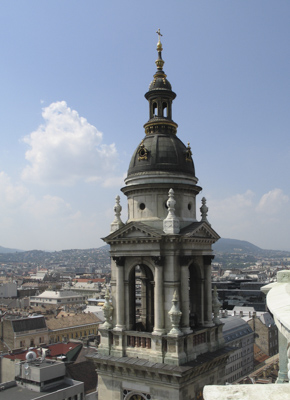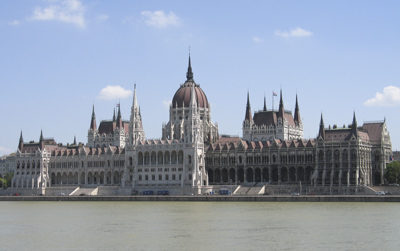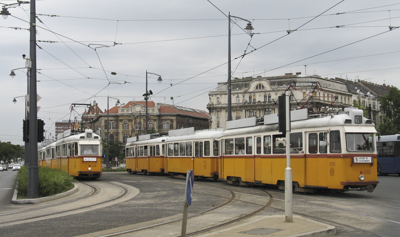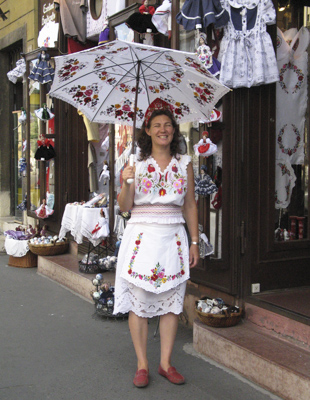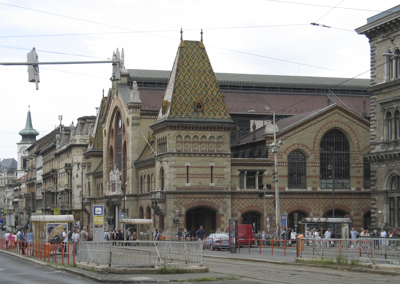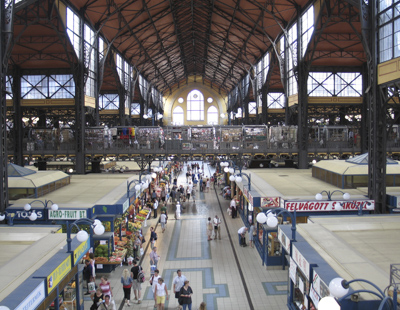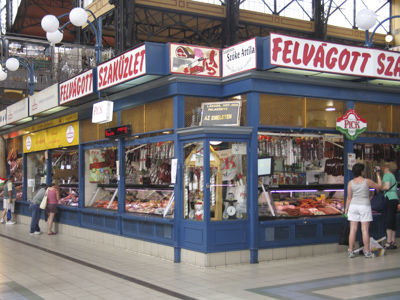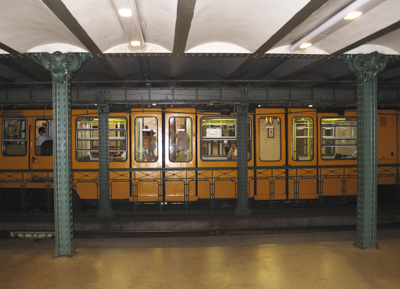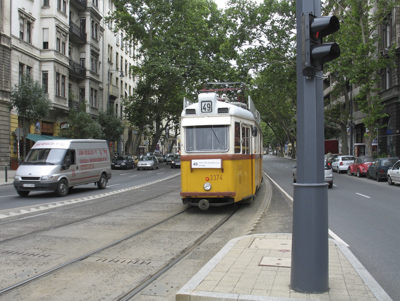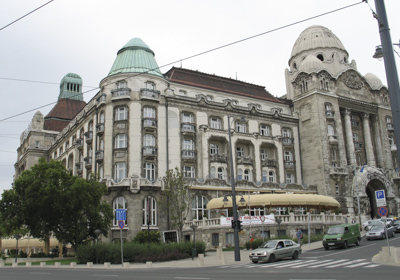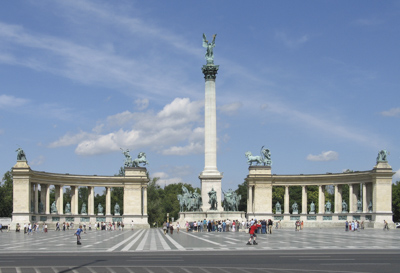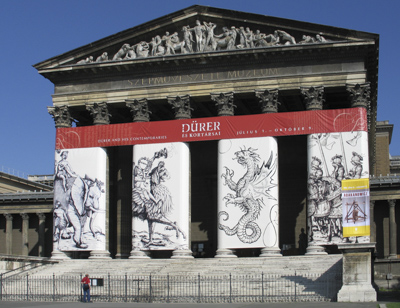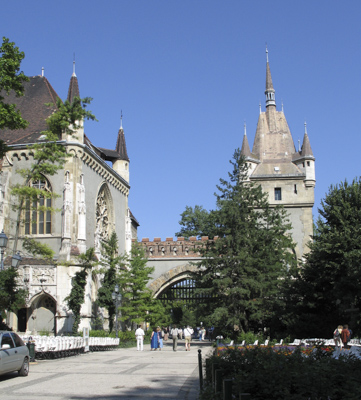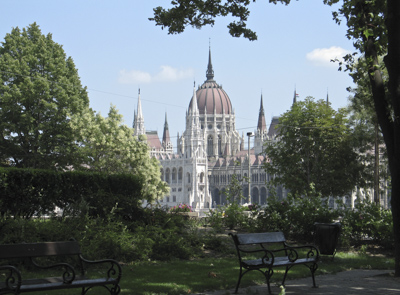July 11, 2007
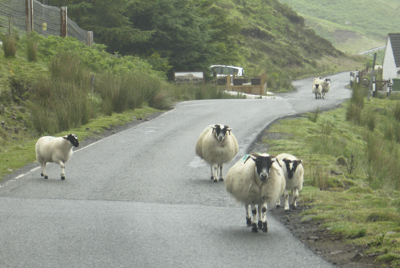
Dunvegan Castle is located on the Isle of Skye. The original castle was built in the 13th century but modified and expanded over time. It is the seat of the MacLeod Clan.


Talisker Distillery is the oldest working distillery on the Isle of Skye, founded in 1830. It was interesting to learn how scotch whiskey is produced.
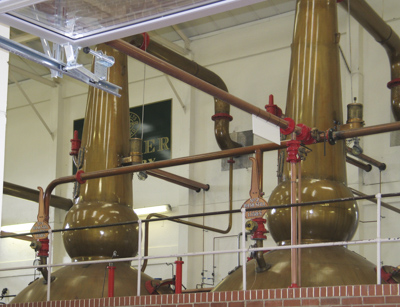
After a couple of days driving around the Isle of Skye, we drove eastward back onto the Scottish mainland.

Eilean Donan Castle from a distance:

The castle was built on a small tidal island in the 13th century as a stronghold of Clan Mackenzie.

It is believed that a Christian abby was established on the island in the 6th or 7th century, dedicated to an Irish saint, Donnan of Eigg, who was martyred on Eigg in 617.
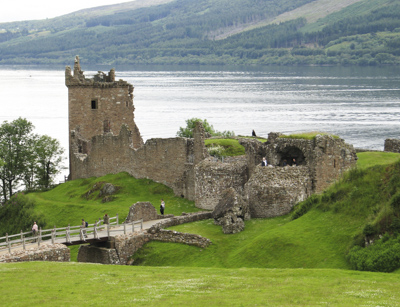
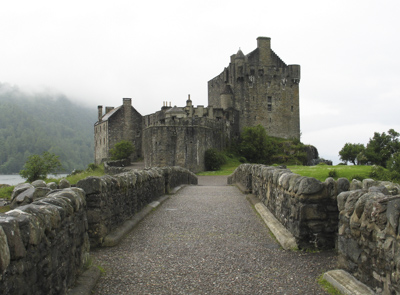
The castle was restored in the early 20th century and a footbridge was built to connect the island to the mainland.
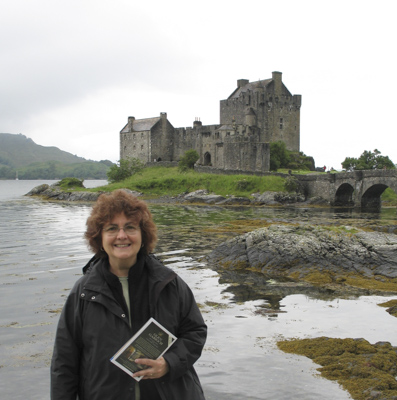
Because of the picturesque location and beauty of the area, Eileen Donan Castle has been used in many films.
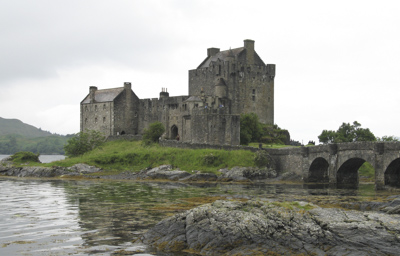
Inverness is the largest city and cultural capital of the Scottish Highlands. It is located on the northeast coast and has a population of about 46,000 people.
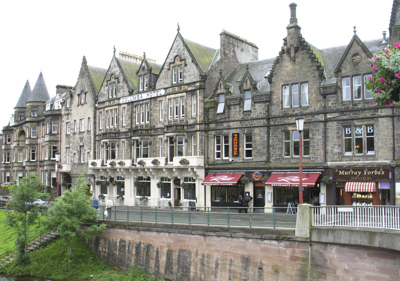
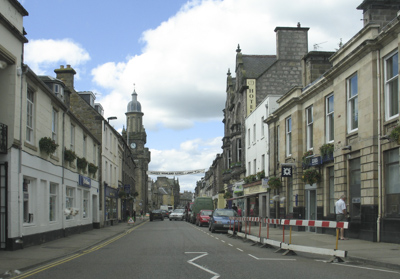
After driving around Scotland for two weeks and stopping at a different B&B every night, we decided to spend a few nights in Inverness and explore the surrounding area on day trips. We were getting tired of traveling and needed to have some ‘down time.’
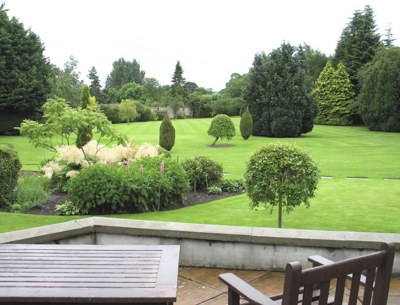
We had a very comfortable room with a patio and golf course view at the Marriott Hotel.

The Victorian Market is a 19th century shopping arcade with stores selling fresh produce, souvenirs, jewelry, and clothing. There are also two cafes.

We also visited the ruins of Urquhart Castle on the shore of Loch Ness but didn’t see any creatures.
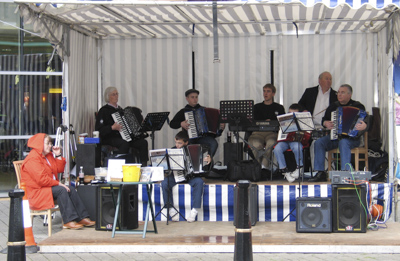
Listening to live Scottish music was fun!

Cawdor Castle was first built during the 15th century in Nairnshire. The castle is famous for its literary connection to William Shakespeare’s play, Macbeth, the Thane of Cawdor.
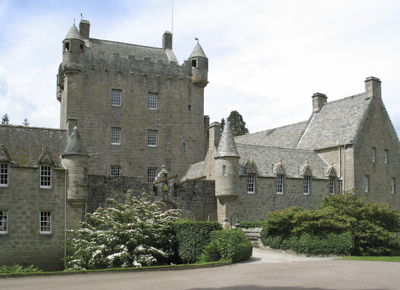
Part of the castle is open to tourists but Campbell Clan family members still live in the castle today.
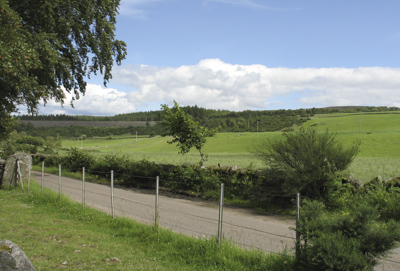
We drove to the lovely town of Elgin to see the famous ruins of Elgin Cathedral, which was dedicated in 1224. It survived through wars and fires to 1560 when it was abandoned as part of the Protestant Scottish Reformation.
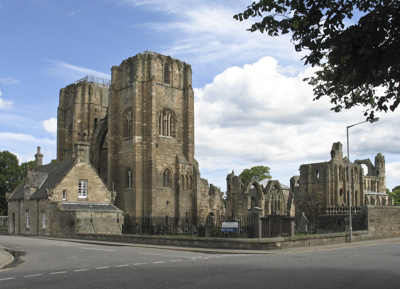
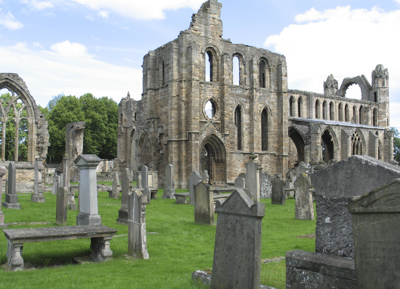
The town of Elgin was first identified in 1190 as a “royal burgh” by King David I of Scotland.
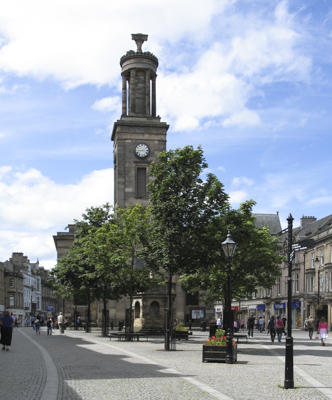
Huntly Castle is another ruined castle in Aberdeenshire and was the ancestral home of Clan Gordon. King Robert the Bruce was agues of Huntly Castle in 1307.

Leith Hall is a country house built in 1650 on the site of the medieval Peill Castle. It was the home of the Leigh-Hay family for three hundred years. Since 1945, Leith Hall and 286 acre estate has been run by the National Trust of Scotland.

